WEBSITE

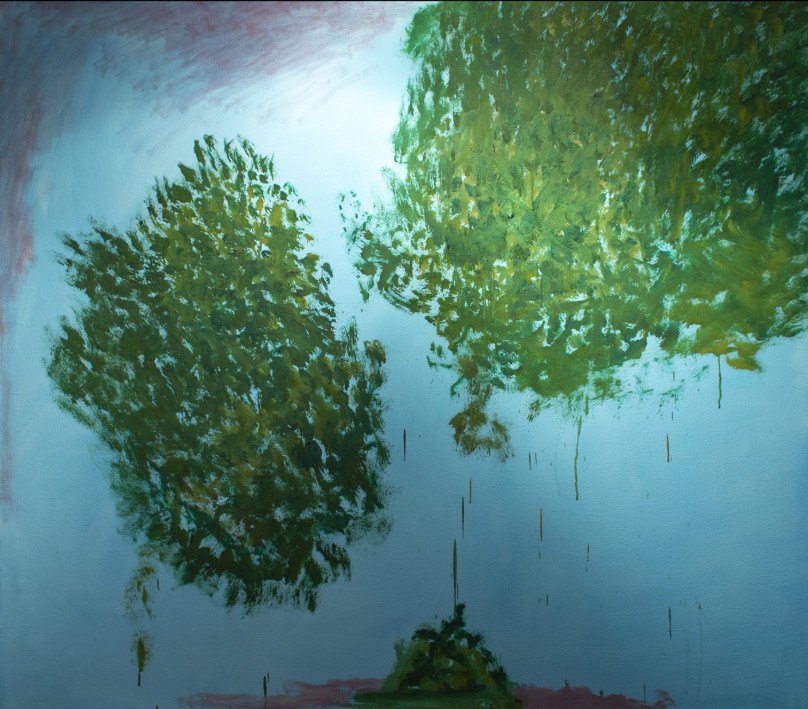
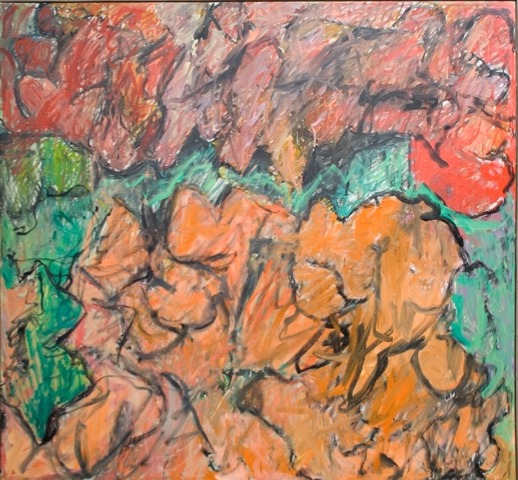
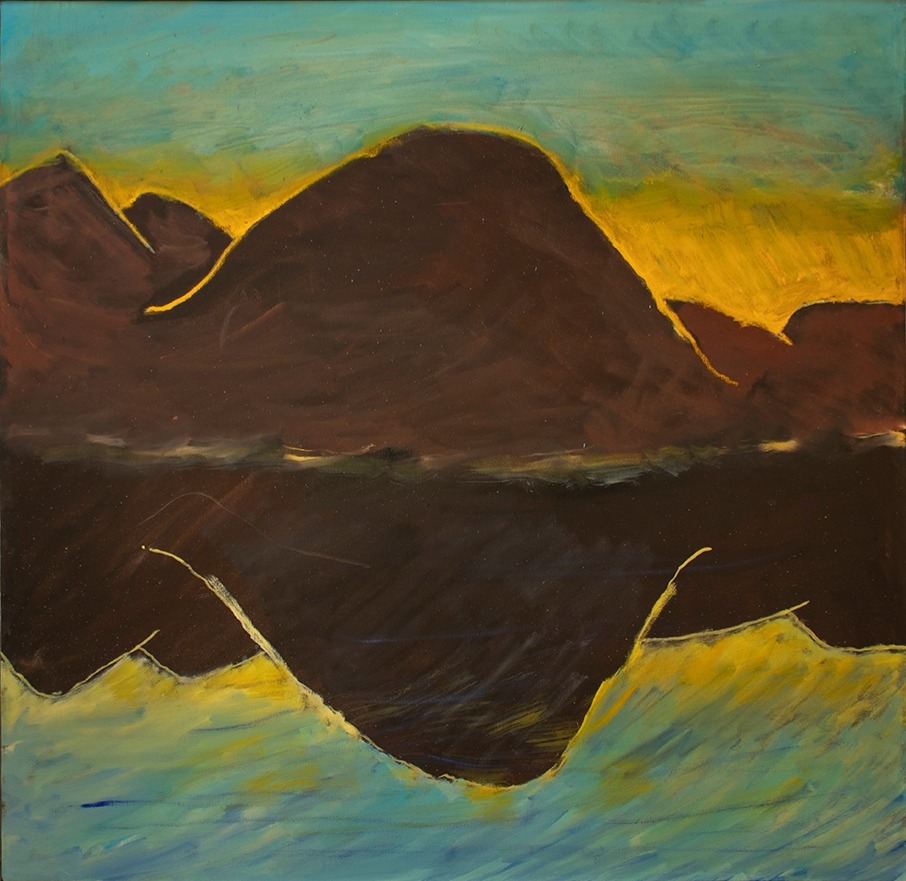
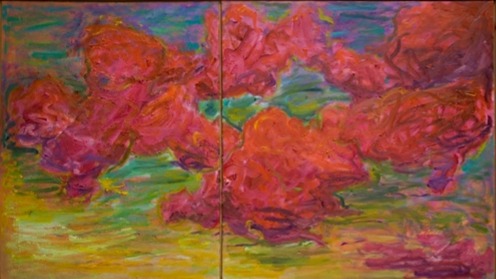
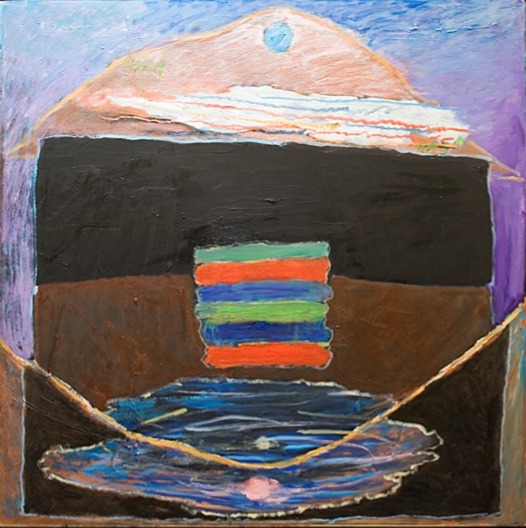
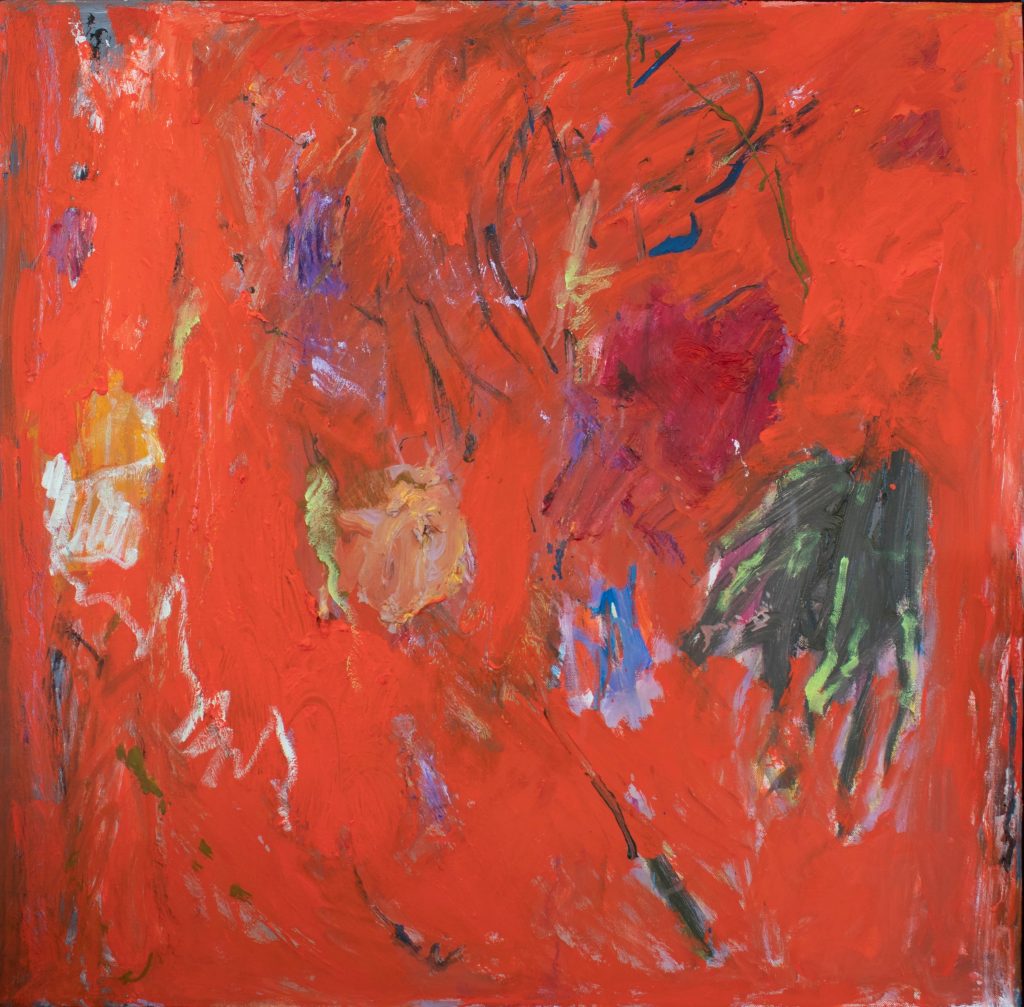
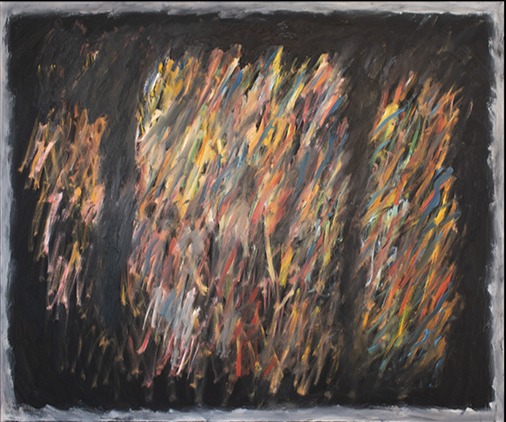
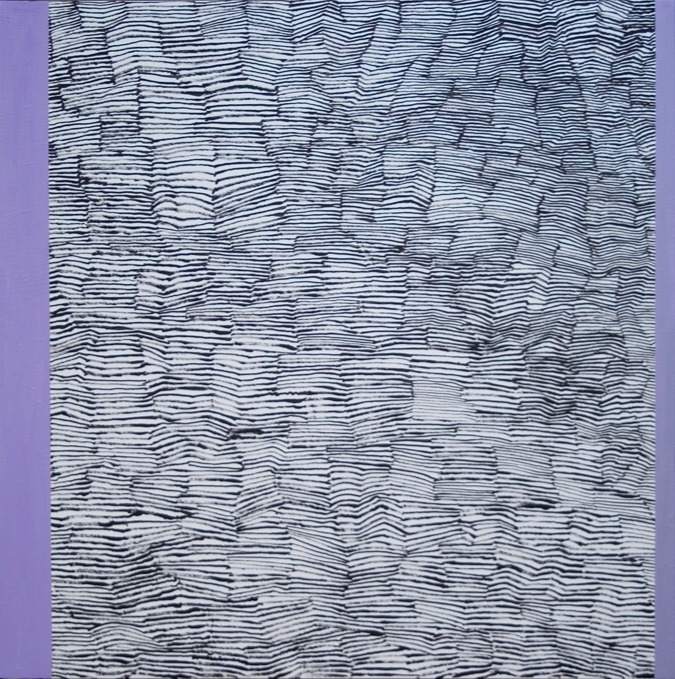
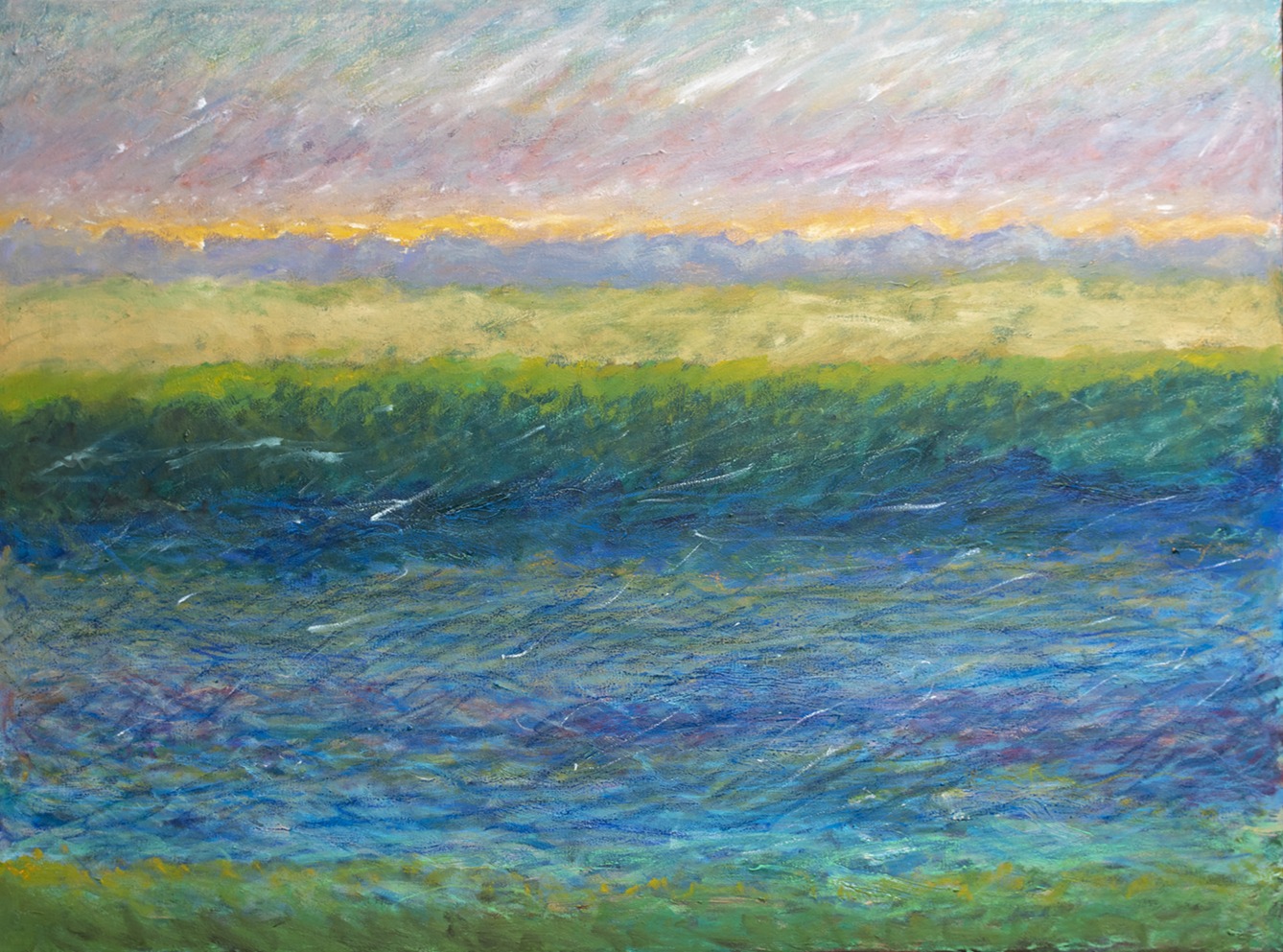

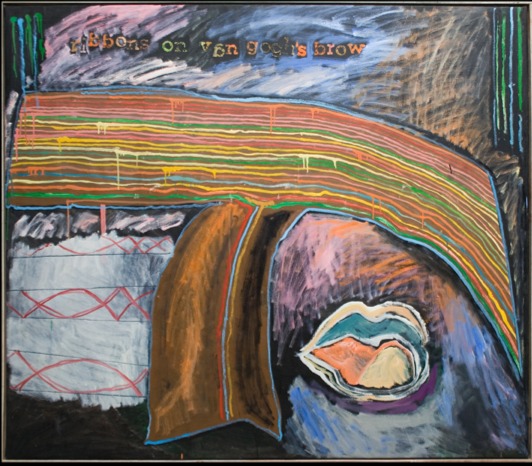

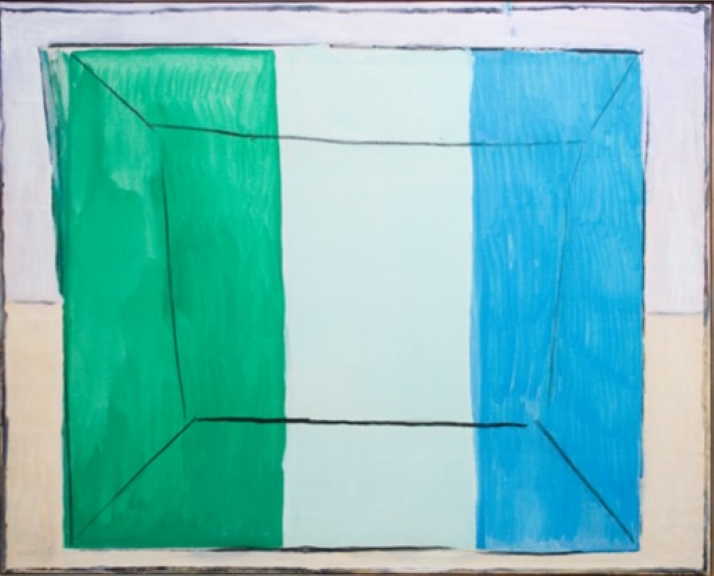

Artist’s Statement
In my childhood, I especially enjoyed seeing the prints of Reuben’s figure work. In 1962, by the time I started my professional career, I was attracted to the work of De Kooning, Arshile Gorky and the portrait drawings of Giacometti. Being influenced by the Abstract Expressionist movement, I realized that I began to have a dialogue between what was down on the canvas and my painterly response to the paint on the surface. Now in my 62nd year as an artist, I have shown influences from many artists who painted over the centuries, and in my latest works have been influenced by the deceased painter Joan Mitchell. I have completed 9 pieces, and find that I am inspired to do more work in a heavily meditative and expressionist manner.
Growing up in New York City, I was exposed early on to the New York School of Abstract Expressionists’ work. I eventually moved to Los Angeles in the 1960s, where I started my career as a professional artist. Once in the West and the Southwest, it was refreshing to come in contact with the contrasting Formalism of painters like Bridget Riley, Robert Irwin and Agnes Martin. In 1969, I had an opportunity to move to Many Farms, Arizona in Navajoland, not far from Canyon de Chelly (an installation operated by the Bureau of Indian Affairs) to teach high school math by day and paint by night. I lived in Chinle Valley with my wife and son from 1969-1979. I was greatly affected by the lines and shapes of the landscape—the striated mesa walls and sediment layers; the designs of the Navajo weavings; the stoicism of the elder Diné; the quietness; the calming sky; the land that endures extremes of heat and cold, rain, snow and drought; the wind; the variety of colors and textures; and always the red dust. It was there, that I came in closer touch with my inner life. The resulting paintings represent a synthesis of my interest in linear Formalism with the visual experience and emotional feelings from my life on the reservation. It was a turning point for me, both personally and artistically.
In 1980 I moved to New York City with my family, where I continued to teach and paint over the next twenty-five years. These paintings represent work from Navajo land, New York City and more recently, Arizona and the southwest.
Biography – Michael Gold Steiner b. 1934
Michael started to develop as a young artist when he began painting in oils at twelve under the mentoring of his uncle, Meyer Milstein. As a boy in Brooklyn, he would enjoy the leather bound volumes of the Renaissance and Baroque masters that his uncle would show him, especially the figure painting of Reubens. Under the guidance of his uncle, his portfolio was accepted, and he became a student at the High School of Music and Art in Manhattan in 1948. Besides his traditional studio studies, his uncle took him to see avant-garde and contemporary art in Manhattan Galleries.
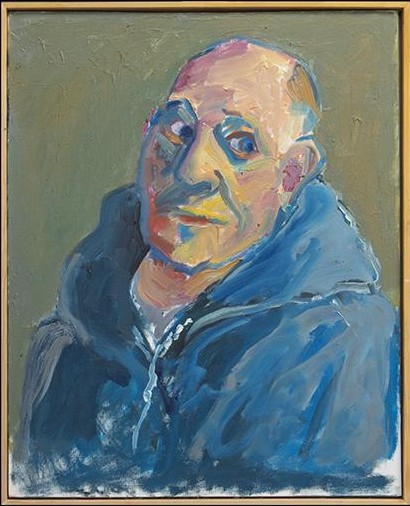
After serving in the army, Michael moved to Los Angeles to continue his education at U.C.L.A. and Cal-State Los Angeles. He had felt he would need a second profession in order to paint without financial pressures, and in 1962 began teaching secondary math and painting professionally, sharing a studio with the artist Mark Czeka in West Hollywood. While in school, Michael kept a sketchbook and would draw the artists and patrons at Barney’s Beanery. He also kept a portfolio of cut out images of work he liked by contemporary artists. In the studio again, he painted large painterly works with elements of Surrealism, Action Painting and Montage that referred to his youth and family and also his own nostalgic and lonely sense of being. He was also noticing Minimalism at this time.
Marrying in 1966, Michael, his wife Kilo and son Josiah moved to the Navajo Reservation in 1969, where he continued teaching math and keeping a studio in his home, sometimes painted into the late hours. He was very taken by the distinctive landscape, light and color and ‘Dine’ legend/mythology of the Navajo. His wife Kilo, also an artist, encouraged him to continue still life and portraiture. But he also found new ways to paint non-objectively and in large scale expressionist styles. Meeting the New York School artist George McNeil was quite a chance encounter in Many Farms. Michael recalled McNeil’s comment, “that I handled color well”, and McNeil’s invitation to visit him in New York. McNeil helped refer Michael to a New York gallery, The Pleades, for a show. During this period, Michael showed somewhat on Marshall Way in Scottsdale, was given solo exhibitions at ASU/Mathews Art Center in 1977 and at Scottsdale Center for The Arts in ’78 and won a Jurors Award in The Phoenix Art Museum’s South West Biennale in 1977. His work was also sponsored by the Arizona Arts and Humanities Commission for a solo touring exhibition, 1978-79.
Moving back to New York in 1980, Michael and his family lived on Manhattan’s upper west side so that his son could start his violin studies at the Manhattan School of Music. Michael continued teaching at Manhattan’s Martin Luther King High School. In his apartment, Michael kept a studio and worked on a range of styles. Some carrying over from his Los Angeles period like The Golem shadow image taken from Jewish Mythology but now realized in large scale expressionist forms. Self-portraiture was an important part of his work at that time as well as portraits of neighbors and friends. He also continued to develop non-objective images that dealt with color and line as a kind of Mandala, as well as images that are geometric in form.
Upon retiring to Arizona in 2005 Michael kept his Studio in Scottsdale. Some of his most recent work, started in 2018, is a series of paintings that are influenced by the artist painter Joan Mitchell. He also began a Tree Tops series and has continued his interest in portraiture. He has shown in galleries and museums and has been collected since returning to Arizona.
